"Old Kilim, Anatolia, 126 Cm X 190 Cm, Wool, Mid-20th Century"
Originally from the Anatolian highlands, a hard and austere region, this beautiful old kilim from the mid-twentieth century, around 1940, 1950, is a pure marvel of the art of nomadic weaving.This region, not far from the Armenian border, is dominated by three tribes, in the art of the carpet and the kilim, the Yürüks, the Kurds, and the Armenians, undisputed masters of this art. Our beautiful size model is certainly from the Taurus Mountains, it has the natural colors of vegetable origin.
Gray, orange, black, beige, white, mustard yellow and especially this red ocher make up this admirable piece.
The use of ochres is also a classic for both the Yürüks and the Kurds. The patterns therefore have very bright colors with rare tones.
They are often of a gay and free inspiration since the Yürüks women weavers do not have a background of patterns specific to their ethnic group. They therefore often borrow those from the regions where they nomadize.
There are Yürüks carpets resembling Turkmen carpets, and there are often mistakes.
These rugs are small sizes; 1 x 2 m, 1.30 x 2 m, 1.30 to 1.50 x 3 m on average. We find the "S" symbol of God present in the Caucasus. The numerous flowers are of an incomparable modernist style as well as stylized insects, there, to prevent their proliferation and their entry into the houses.
In two words: a superb kilim. The kilim is a woolen rug, woven in a low slick, an artisanal product specific to nomadic Muslim peoples, in particular from Anatolia, Iran and the Caucasus.
The kilim, also spelled klim or kélim (a word of Turkish origin), is a carpet devoid of velvet because it is embroidered rather than knotted. The kilim is made in various cities of Anatolia and Iran. Its name, which comes from the Persian gelim, is used to designate a woolen rug with a flat point found mainly in the Near East, the Caucasus as well as in Central Asia and which was created around 10 years ago. 000 years! Kilims have their meaning. They emanate a strong identity retracing the memory of the sedentary, nomadic and semi-nomadic peoples who make them. A style, an identity characterizes a tribe, a village: fiery or sober colors, complex or refined patterns depending on the region. The patterns correspond to an ancestral symbolic writing inherited from shamanist beliefs. The geometry of the patterns and their ethnic tone characterize their DNA. The kilim was originally used as an interior stole, a blanket or a carpet protecting the floors of mosques and yurts. Nowadays, it can be used on the floor, on the walls, as a sofa throw, as a headboard or as curtains.
Normal but very light wear, see photos, but a venerable age !!!
This rug has been professionally cleaned and environmentally friendly.
Dimensions: Width: 126 cm (4'2 ") x Length: 190 cm (6'3")
FREE SHIPPING FOR FRANCE as for all of our rugs / EUROPE 25 € / WORLD 50 €
For more information please can reach me on 06 13 36 09 30 or on winsteinprovence@gmail.com
www.winsteinprovence.com
COME AND VISIT US!
(texts, photo credit, winstein, all rights reserved)





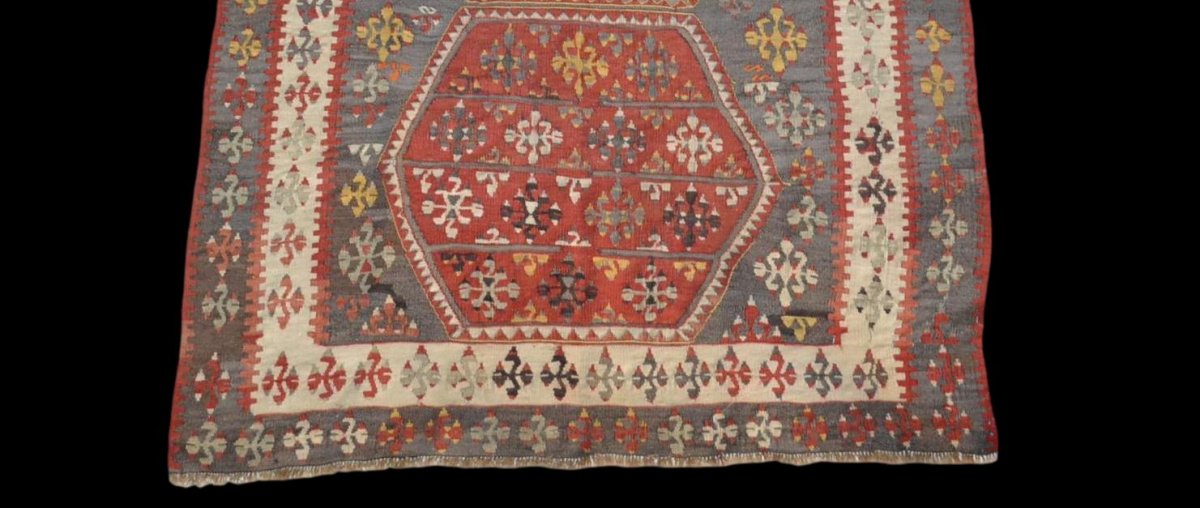

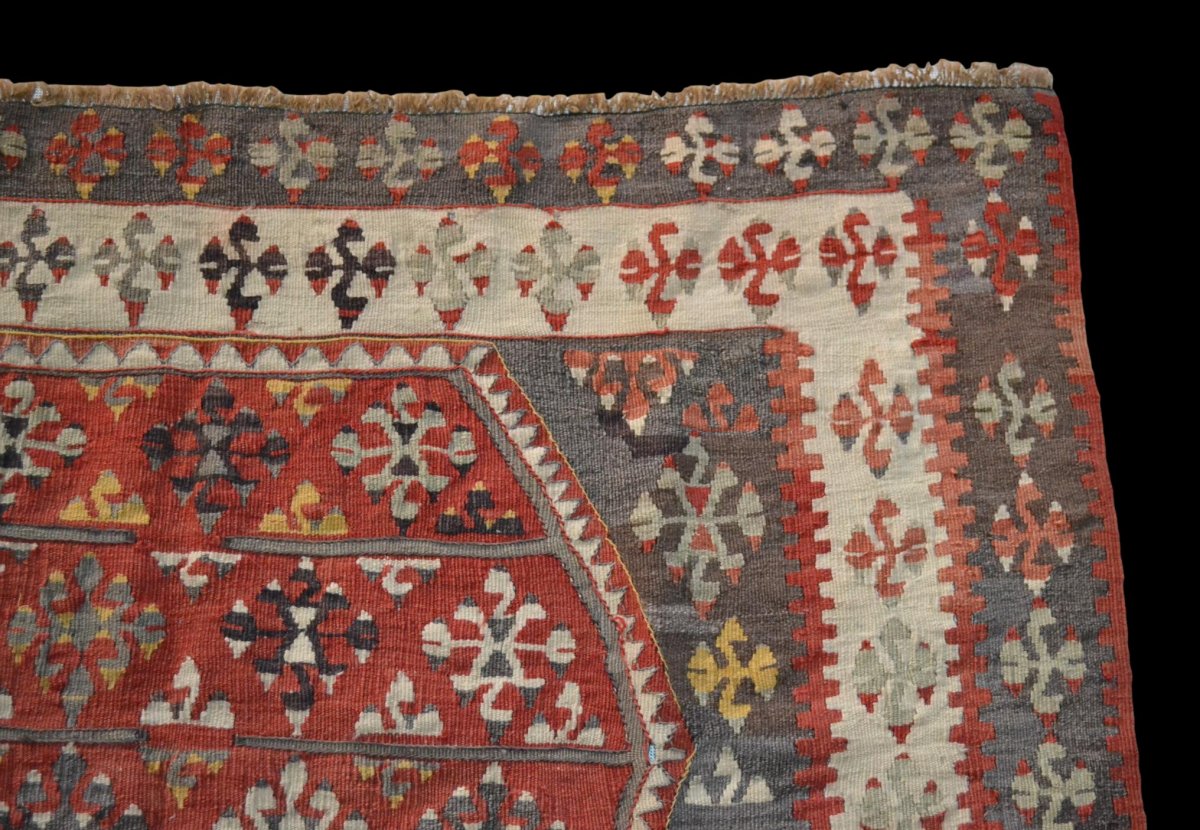
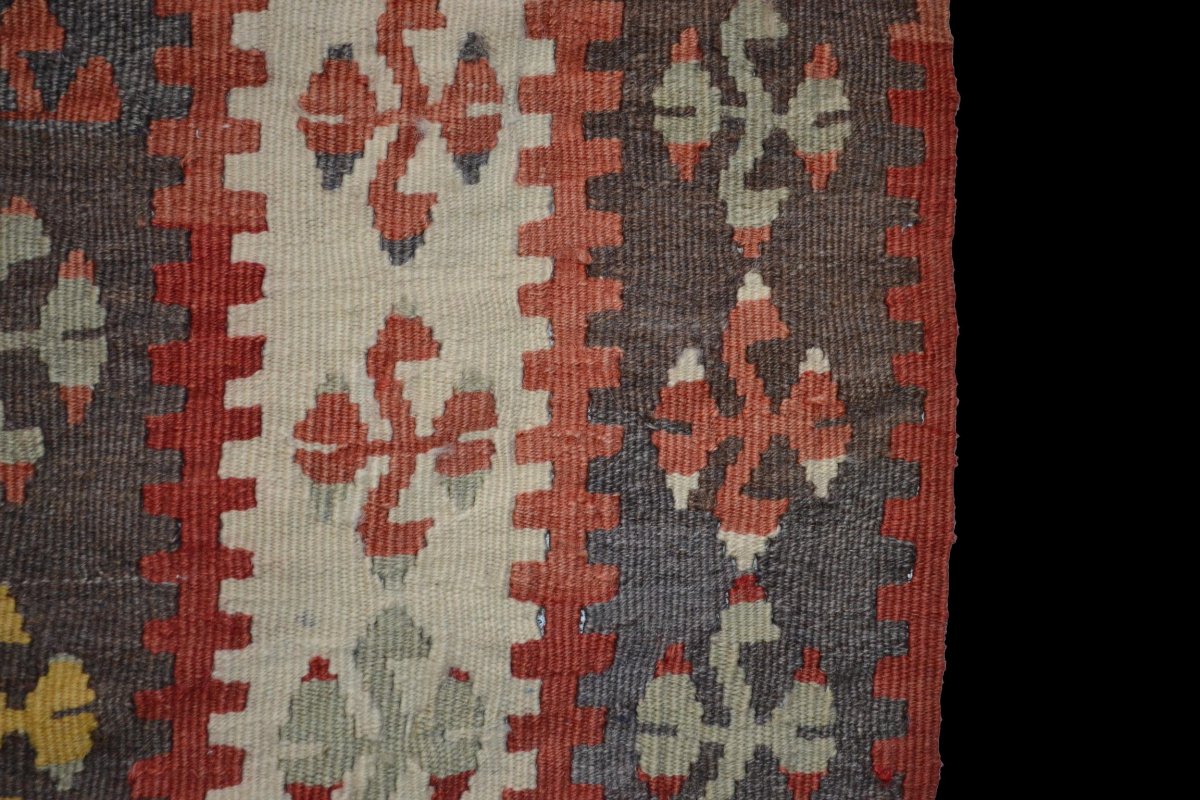


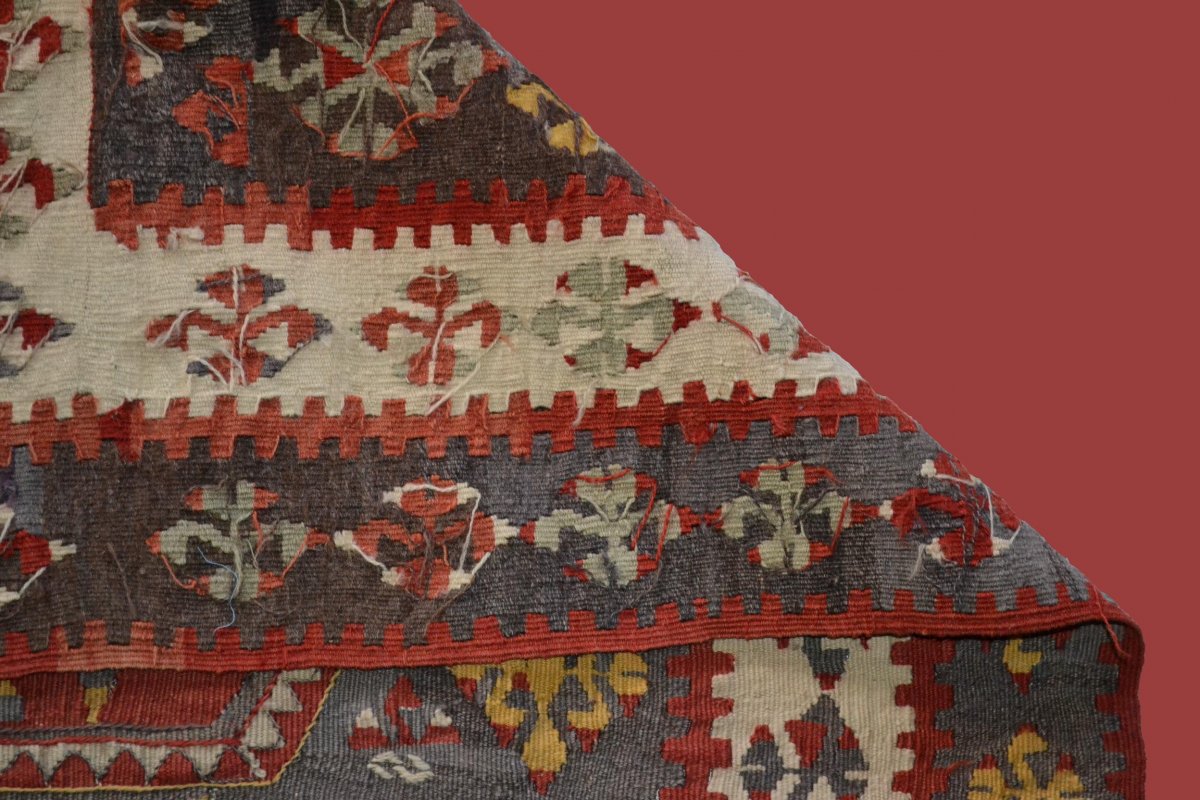
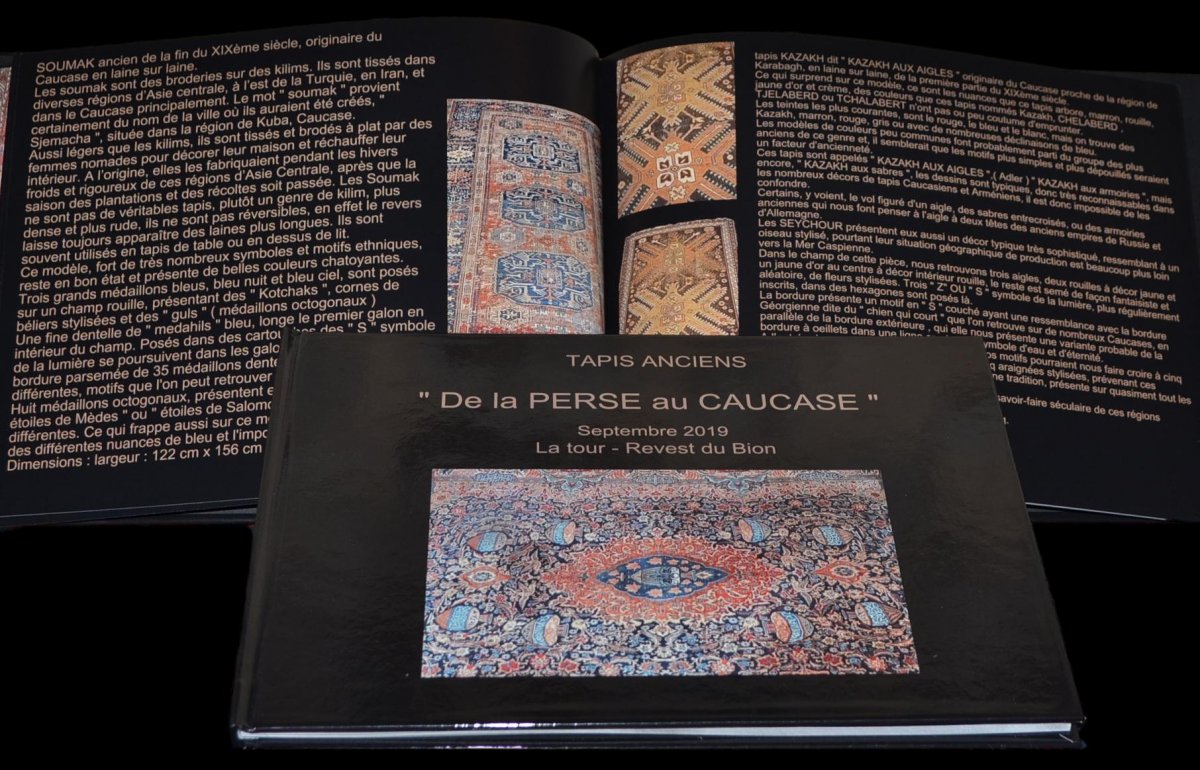
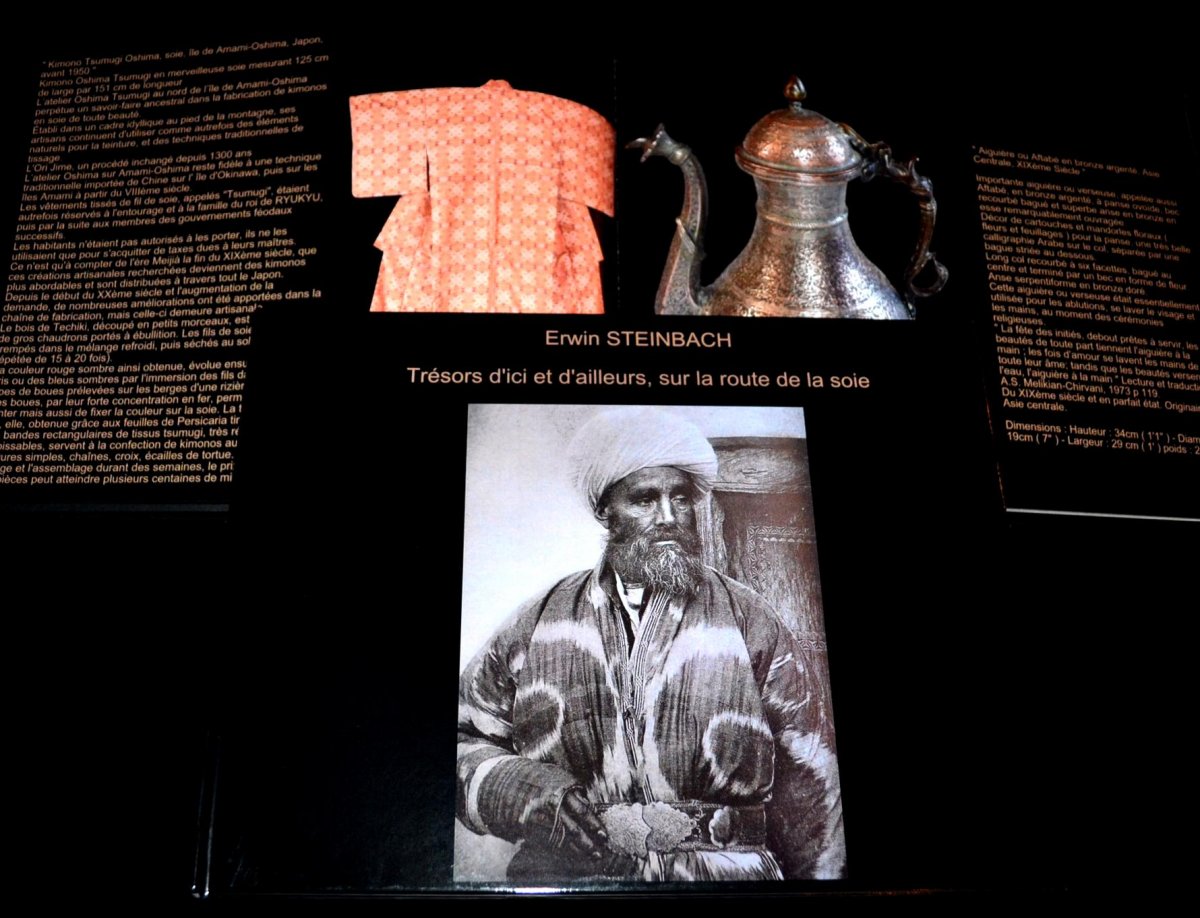
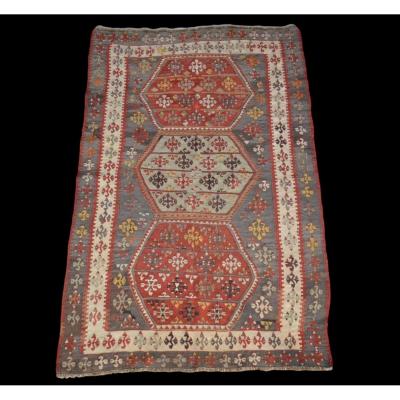

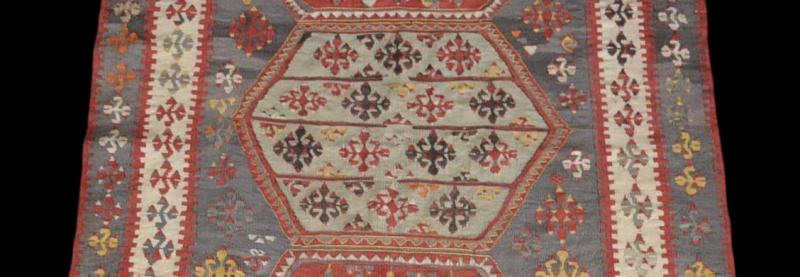

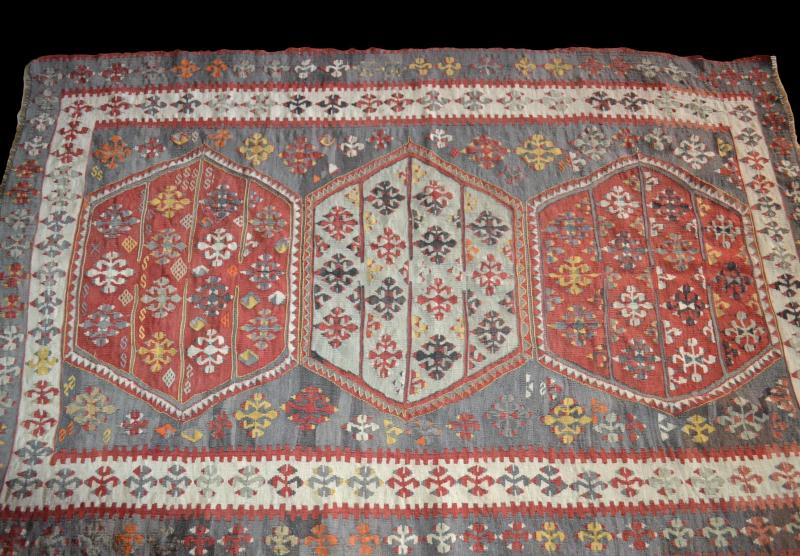



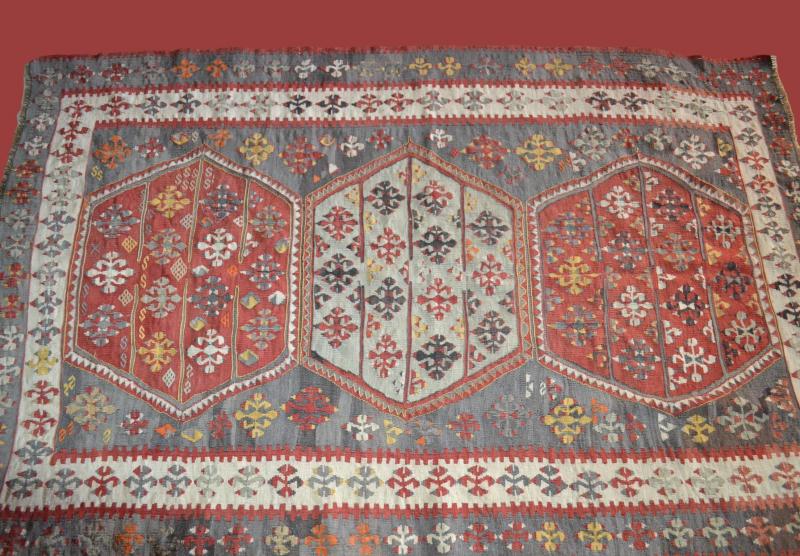





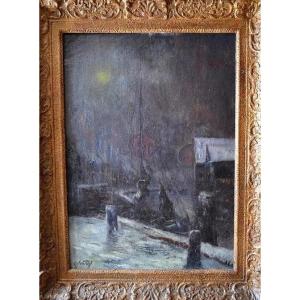


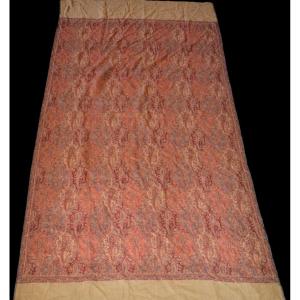
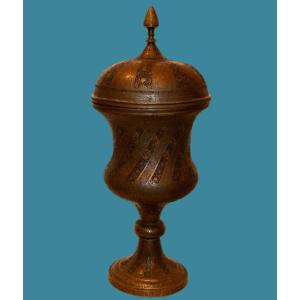


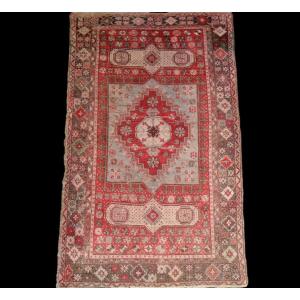
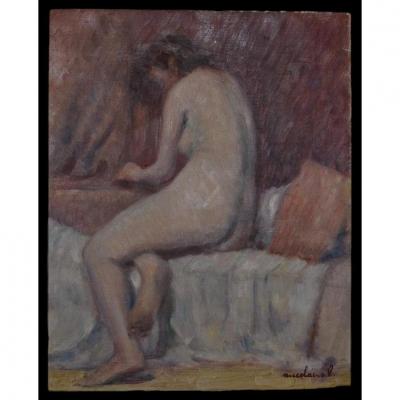
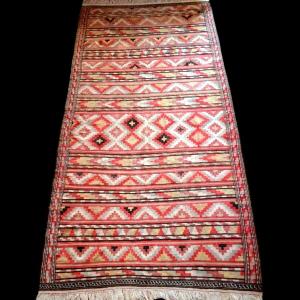
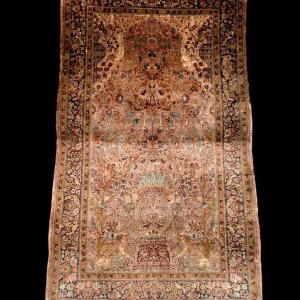
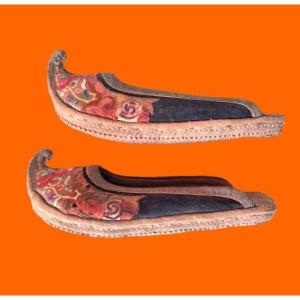

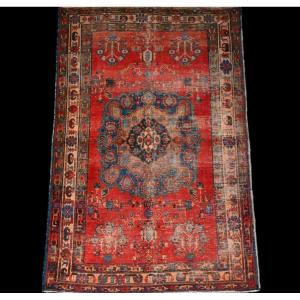
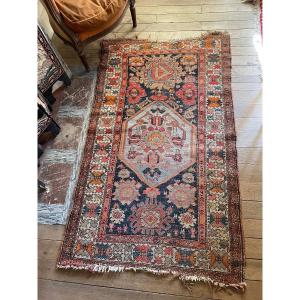

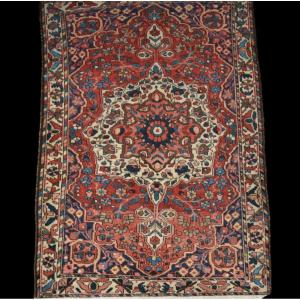
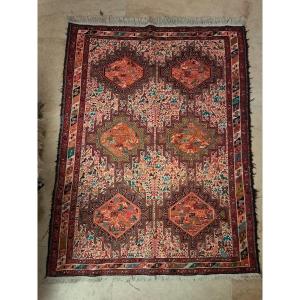
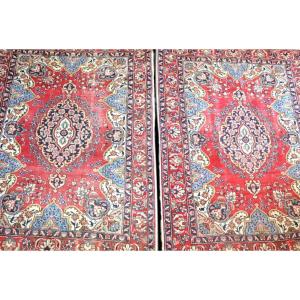




 Le Magazine
Le Magazine Rivista Artiquariato
Rivista Artiquariato TRÉSORS magazine
TRÉSORS magazine